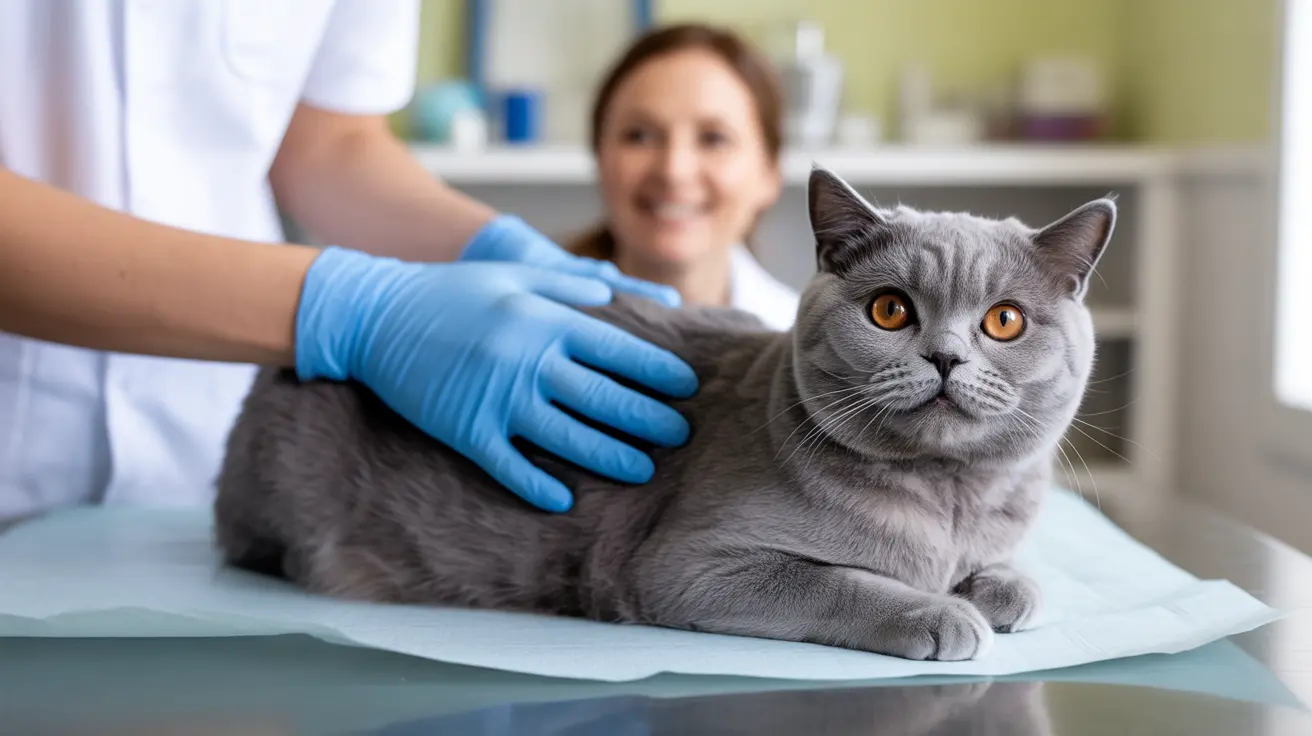As a cat owner, understanding your feline friend's spinal health is crucial for ensuring their well-being and quality of life. The cat spine is a complex structure that plays a vital role in movement, posture, and overall health. When problems arise, whether congenital or acquired, they can significantly impact your cat's mobility and comfort.
In this comprehensive guide, we'll explore everything you need to know about the cat spine, from common conditions and malformations to diagnosis and treatment options. Whether you're a concerned pet parent or simply wanting to learn more about feline spinal health, this article will provide valuable insights into maintaining your cat's spinal wellness.
Understanding the Feline Spinal Structure
The cat spine is an intricate system consisting of vertebrae, intervertebral discs, and the spinal cord. This complex structure is divided into five main regions: cervical (neck), thoracic (upper back), lumbar (lower back), sacral (pelvis), and coccygeal (tail). Each region serves specific functions and can be affected by different types of problems.
Common Spinal Conditions in Cats
Congenital Malformations
Some cats are born with spinal abnormalities that can affect their mobility and quality of life. These include:
- Hemivertebrae (half-formed vertebrae)
- Block vertebrae (fused vertebrae)
- Spina bifida
- Butterfly vertebrae
Acquired Spinal Problems
Throughout a cat's life, they may develop various spinal issues, including:
- Intervertebral disc disease
- Spinal trauma
- Degenerative conditions
- Tumors affecting the spine
Signs of Spinal Problems in Cats
Early detection of spinal issues is crucial for successful treatment. Watch for these signs:
- Difficulty walking or jumping
- Unusual posture or spinal curvature
- Reluctance to move or play
- Signs of pain when touched
- Changes in bathroom habits
- Partial or complete paralysis
Diagnosis and Treatment Options
Veterinarians use various diagnostic tools to assess spinal problems, including:
- Physical examination
- X-rays
- CT scans
- MRI
- Neurological assessments
Treatment approaches vary depending on the specific condition but may include:
- Conservative management with rest and medication
- Physical therapy and rehabilitation
- Surgery in severe cases
- Pain management strategies
- Supportive care
Prevention and Management
While some spinal conditions can't be prevented, there are steps you can take to support your cat's spinal health:
- Maintain a healthy weight
- Provide appropriate exercise
- Ensure proper nutrition
- Regular veterinary check-ups
- Safe handling practices
Frequently Asked Questions
What are the most common congenital spinal malformations in cats and how do they affect mobility?
The most common congenital spinal malformations include hemivertebrae, block vertebrae, and spina bifida. These conditions can affect mobility in various ways, from mild incoordination to severe paralysis, depending on the location and severity of the malformation.
How can I recognize signs of spinal malformations or neurological problems in my cat?
Watch for signs such as abnormal gait, difficulty jumping, unusual posture, visible spine deformities, pain when touched, and changes in bathroom habits. Any sudden changes in mobility or behavior should be evaluated by a veterinarian.
What diagnostic tests do veterinarians use to detect spinal defects in cats?
Veterinarians typically use a combination of physical examination, neurological assessment, X-rays, CT scans, and MRI to diagnose spinal defects. These tests help visualize the spine's structure and identify any abnormalities or compression points.
Are certain cat breeds more prone to inherited spinal malformations, and how can these be prevented?
Yes, some breeds like the Manx are more prone to spinal malformations due to genetic factors. Prevention focuses on responsible breeding practices, genetic testing, and avoiding breeding cats with known spinal issues.
What treatment options and management strategies are available for cats with congenital spinal malformations?
Treatment options range from conservative management with pain medication and physical therapy to surgical intervention in severe cases. The approach depends on the specific condition, its severity, and the cat's overall health status.
Conclusion
Understanding and monitoring your cat's spinal health is essential for their overall well-being. While some spinal conditions are unavoidable, early detection and appropriate management can help ensure your cat maintains a good quality of life. Always consult with your veterinarian if you notice any concerning signs or symptoms related to your cat's spine or mobility.






